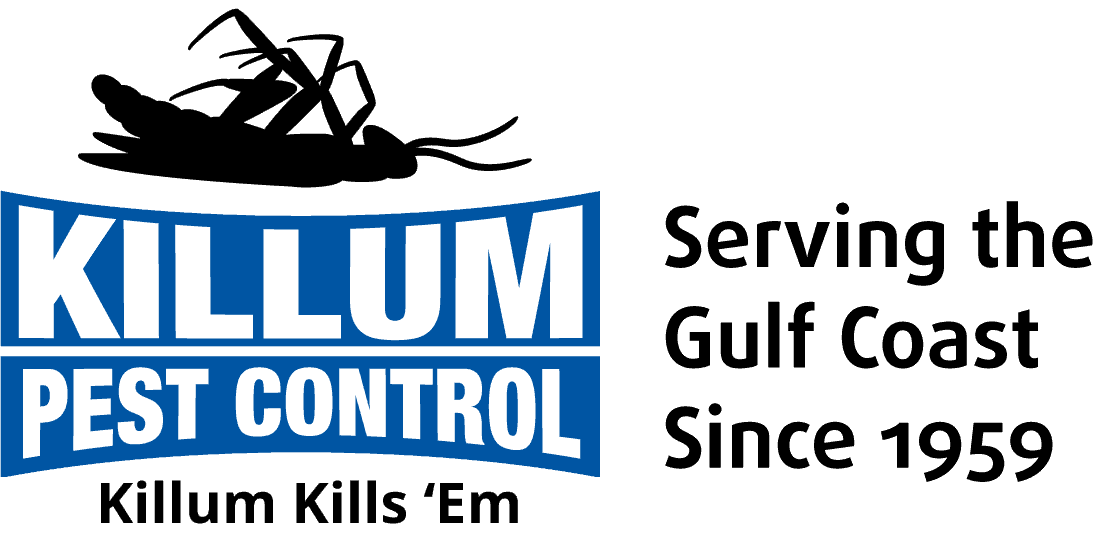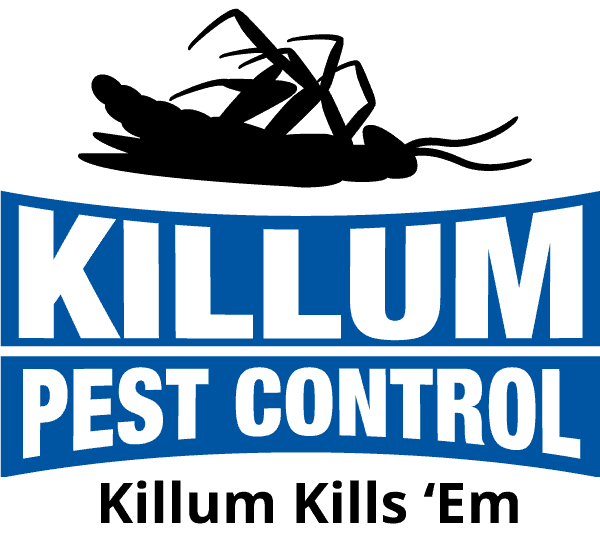The diverse climate and landscape of Texas is home to a variety of pests that consistently pose challenges to homeowners across the state. Managing household pests is an ongoing responsibility that requires knowledge and expertise in pest control strategies, especially when considering the specific needs and difficulties of respective homeowners. Killum Pest Control, Inc., Inc. is committed to providing efficient pest management solutions to households and commercial properties throughout the Texas Gulf Coast, serving cities like Houston, Pearland, Friendswood, League City, Seabrook, Missouri City, and many more in the Brazoria, Ft. Bend, Harris, and Galveston counties.
In this insightful blog post, we will explore the top 5 most common household pests in Texas and arm you with effective strategies to cope with, control, and eradicate these nuisance creatures. By understanding the unique characteristics, behavioral patterns, and preferred habitats of these pests, homeowners can take proactive measures to prevent infestations, protect their property, and maintain a safe, sanitary living environment for their families.
The top 5 common household pests in Texas are ants, cockroaches, rodents, termites, and mosquitoes. Each of these pests poses a unique set of challenges in terms of prevention, control, and eradication. We will address each of these pests by discussing their biology, habits, potential health risks, and effective ways to manage their populations and prevent them from becoming a major problem in your home.
Stay up-to-date with the latest pest control tips, regional pest control facts, and information for Texas by subscribing to the Killum Pest Control, Inc. blog. Our team of experienced, dedicated professionals will provide you with the guidance and resources you need to keep your home safe from these intrusive creatures and maintain a healthy, pest-free environment year-round.
Top 5 Most Common Household Pests in Texas and How to Control Them
As a homeowner in Texas, you must be aware of the common household pests that can infest your living spaces. In this blog post, not only will we discuss the top 5 most prevalent pests in Texas, but we will also share effective preventative measures and management strategies.
Ants: The Unwanted Tiny Intruders
Texas is home to many ant species, including the fire ant, the carpenter ant, the crazy ant, and the Argentine ant. These resourceful insects can invade your home in search of food and establish colonies surprisingly fast.
Prevention and Control:
1. Practice proper sanitation and store food in airtight containers.
2. Seal entry points, such as cracks and holes in walls, windows, and doors.
3. Use natural or chemical ant baits to target the colony and establish a barrier around your home.
Cockroaches: The Ultimate Survivors
Cockroaches are notorious pests known for their resilience and ability to adapt. The most common species in Texas include the German cockroach, the American cockroach, and the Oriental cockroach. They can contaminate food, transmit pathogens, and trigger allergies and asthma.
Prevention and Control:
1. Keep your home clean by promptly addressing spills and food residue.
2. Regularly inspect dark, damp areas where cockroaches tend to hide, such as basements, attics, and under appliances.
3. Use insecticides and baits to control their population and consider professional pest control services for large infestations.
Rodents: The Persistent Threat
Rodent infestations are more than just nuisances; they can be a serious health hazard. Mice and rats can chew through wires, insulation, and wooden structures, create unhygienic living conditions, and spread diseases such as Hantavirus and salmonellosis.
Prevention and Control:
1. Seal any gaps in your home’s exterior and check for potential entry points.
2. Maintain proper sanitation and keep food securely stored.
3. Set traps in strategic locations and consider working with a professional pest control service for a comprehensive approach to rodent management.
Termites: The Silent Destroyers
Termites devour wood and threaten the structural stability of homes, causing billions of dollars in damages annually. In Texas, homeowners most commonly deal with subterranean termites and dry wood termites, which can cause extensive damage when left unchecked.
Prevention and Control:
1. Reduce moisture around your home by fixing leaks and maintaining proper drainage systems.
2. Keep wooden materials and debris away from your home’s foundation.
3. Schedule regular termite inspections with a professional pest control company and consider a preventive termite treatment plan.
Mosquitoes: The Biting Nuisance
The warm climate of Texas provides ideal breeding conditions for mosquitoes. Aside from their annoying bites, these pests can transmit diseases, such as West Nile Virus and Zika Virus.
Prevention and Control:
1. Eliminate standing water sources around your home, which serve as mosquito breeding grounds.
2. Use mosquito repellent and wear protective clothing during peak mosquito activity hours.
3. Work with a pest control provider to develop a mosquito control plan for your property.
Conclusion
Dealing with common household pests in Texas can be challenging, but by understanding their habits and utilizing preventative measures, you can significantly reduce their presence in your home. Maintaining a clean and orderly environment is the first line of defense, promptly addressing any issues that may attract pests.
Additionally, working with a skilled team of pest control professionals, such as Killum Pest Control, Inc., ensures that your household remains protected from infestation. Trusting the expertise of these professionals aids in implementing effective strategies, managing existing pest problems, and preventing future infestations.
Taking proactive steps and partnering with experienced pest control service providers is the key to a healthy, safe, and pest-free home in Texas. Stay ahead of the game by investing in regular inspections, maintaining proper sanitation, and fostering good communication with your trusted pest control provider. Remember that a well-informed homeowner is equipped to handle the challenges posed by common household pests, ensuring a comfortable living space for their family.





